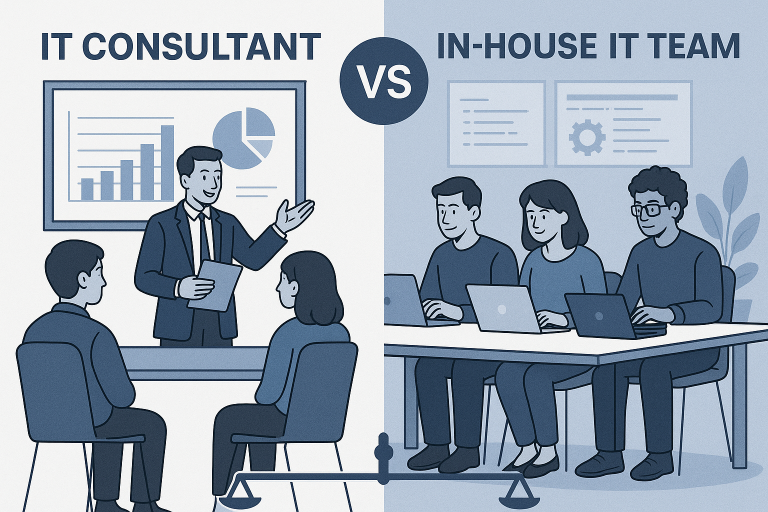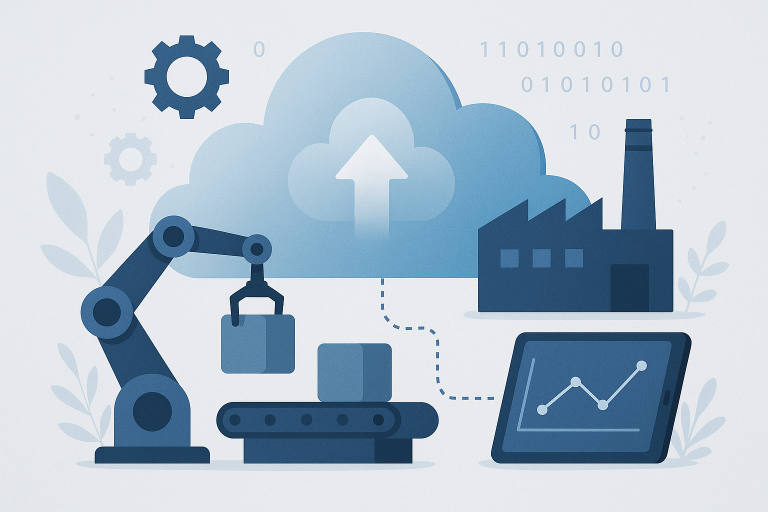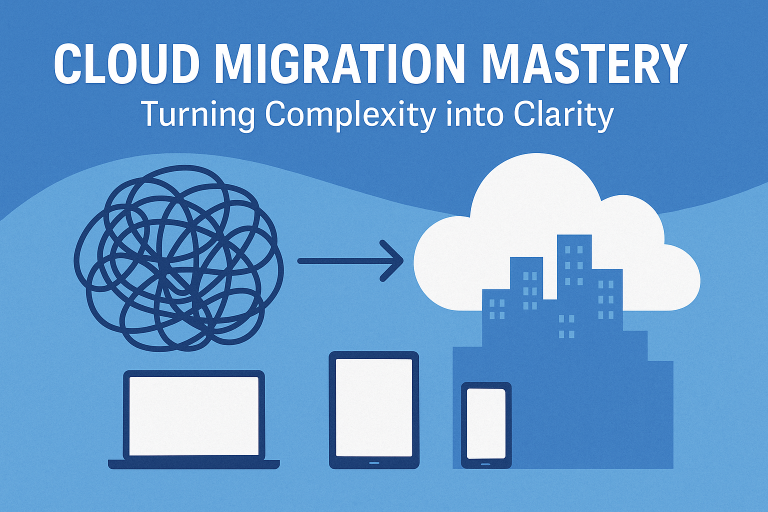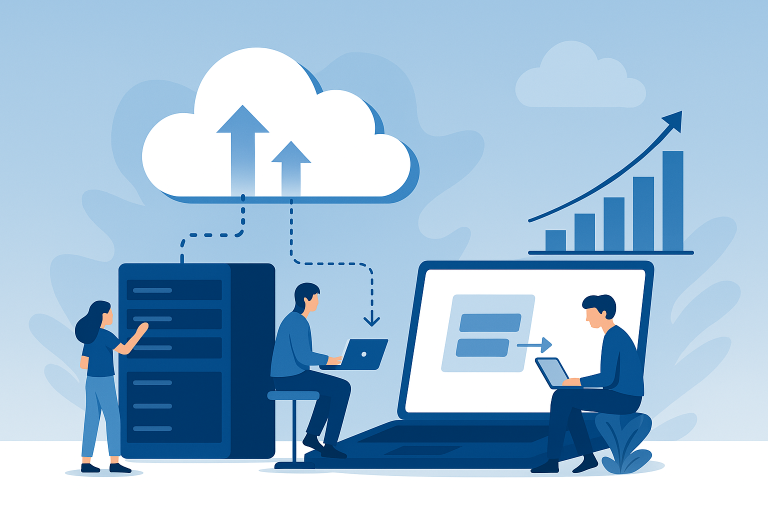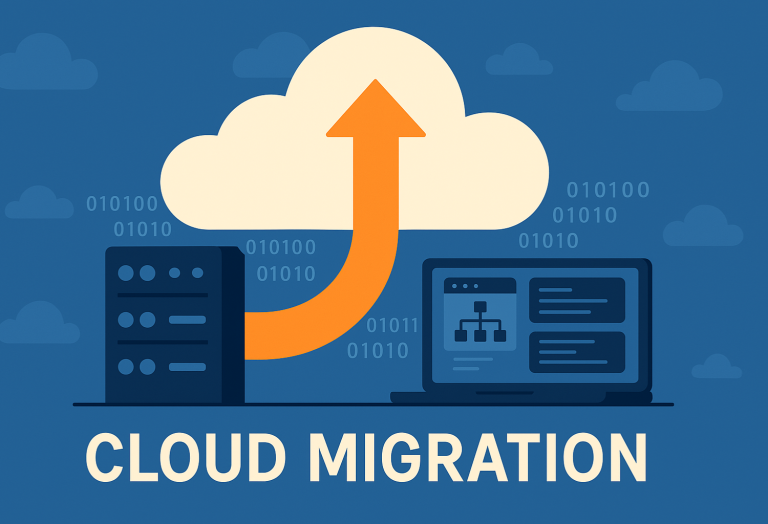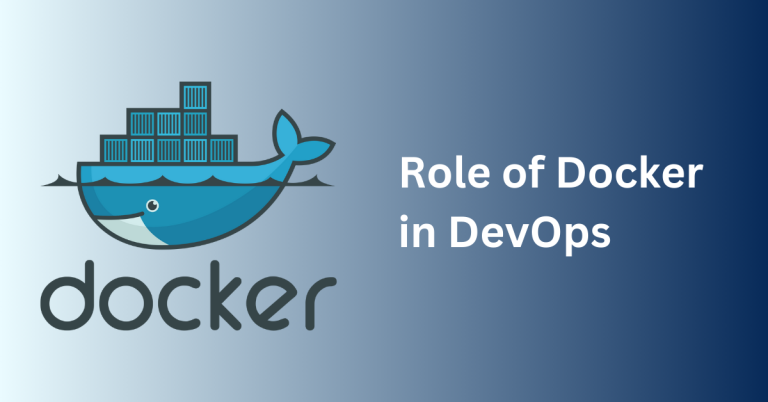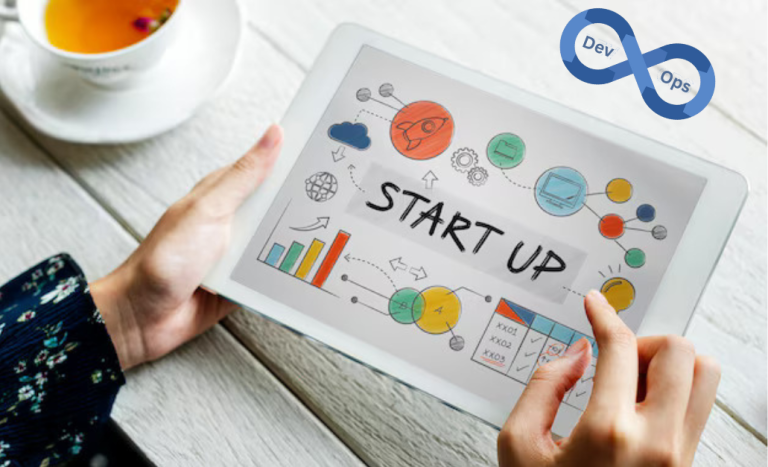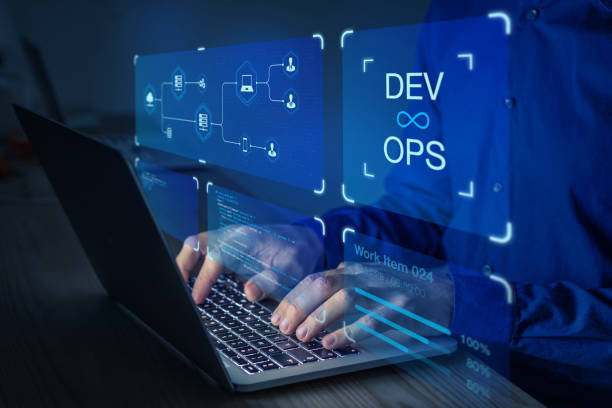
In the present fast-moving world, new trends in technology and software are continuously emerging and vanishing. Companies are always challenged to figure out which ones are beneficial and enduring and which can be left behind. The year 2020 brought mixed feelings, with the COVID-19 global pandemic disrupting the business landscape worldwide while accelerating digital solution adoption. In 2021, many companies faced significant business challenges related to technology such as meeting requirements, addressing workforce and skill shortages, and overcoming technical obstacles. Here are the top business challenges in 2021:
1. Executing a growth strategy for uncertain times: To fight back the uncertainty, most organizations are planning to be more digital to accelerate productivity and business growth.
2. Seeking Better Tech Support and Broader Expertise: To offer new services and expand their portfolio, businesses need improved tech support and expertise in cutting-edge technologies for integration and implementation. Meeting the business challenges technology 2021 requires this enhanced support and expertise.
3. Struggling to adjust client needs within verticals: Clients’ needs and service requirements have changed, and it is hard to meet them without the latest technologies and innovative solutions.
4. Finding talent amid labor shortages and security challenges with the distributed workforce: Along with a shortage of skilled workforce, companies also face challenges working with distributed teams. Security gaps, data theft, lack of collaboration, etc., are the common issues with remote working infrastructure.
5. Struggling to maintain company culture in a remote environment: The work culture of the organizations is disrupting with this prolonged remote working.
To deal with the business challenges that arise in 2021, managed service providers are also upgrading their services. They are focused on offering services considering people centricity, location independence, and resilient delivery as per the client’s need. Here are the technology trends to improve services and organizational plasticity to help guide companies in the next 5 – 10 years.
1. Privacy-enhancing computation
In the current situation, privacy-enhancing computation is a crucial factor for most businesses as some countries (like EU countries) have become very particular about data security and privacy. Privacy-enhancing computation ideally features three technologies to protect data whenever it is being used. Firstly, it ensures a trusted environment in which sensitive information can be processed or analyzed. The second technology performs processing and analytics of data in a decentralized manner. And the third one encrypts data and algorithms before processing or analytics.
Therefore, privacy-enhancing computation enables companies to collaborate on research securely across regions and with competitors without bothering about confidentiality. MSPs have adopted this approach to meet the increasing need to share information while maintaining privacy and security.
2. Distributed cloud
Distributed cloud service is actually the distribution of public cloud services to diverse physical locations. However, the governance, operation, updates, and evolution of the services remain the responsibility of that public cloud provider.
With distributed cloud service, organizations can experience low-latency scenarios, reduce data costs, and accommodate laws that dictate data must remain within a specific geographical area. Along with cost-efficiency, distributed cloud computing also offers auto-updates, rapid development, unlimited storage, and an efficient data backup facility. That means organizations still benefit from the public cloud without bothering about managing the costly and complex private cloud.
Distributed cloud is the future of cloud that offers cloud computing benefits along with location-dependent cloud use cases.
3. Anywhere operations
The anywhere operations model is, without a doubt, one of the best options for businesses to emerge successfully from the COVID-19 crisis. Moreover, this model is based on a decentralized enterprise, which enables greater business resiliency and access to a broader talent pool. In addition, it allows customers, employers, and business partners—everyone—to operate from a remote environment, while business can be accessed and delivered from anywhere.
The basic concept of this model is based on “digital-first, remote-first”. With complete digitalization, anywhere operations help to eliminate the wastage of effort because it allows to keep everything operating everywhere and accessible to anyone in any way.
Anywhere operations are not dependent on one server, one firewall, etc.; instead, it has the correct diverse configuration. This operation model provides the ability to run a business remotely. From the convenience of a mobile device, any designated administrator can monitor the overall system and functionality and even can address issues in real-time.
4. AI engineering and Hyperautomation
AI engineering enhances model performance, scalability, and reliability, maximizing the value of AI investments. It also integrates AI into mainstream DevOps processes, moving away from treating AI as isolated, specialized projects. By curbing hype, AI engineering simplifies the process of valuing diverse AI techniques in operations.
On the other hand, hyper-automation is applying advanced technologies to scale automation capabilities in an organization. This is a disciplined approach, used to rapidly identify, evaluate, and automate as many business and IT processes as possible. Digital businesses require efficiency, speed, and democratization, achievable through hyper-automation of processes. Organizations that resist agility, efficiency, and effectiveness through automation risk falling behind.
5. Cybersecurity mesh
Cybersecurity mesh distributes IT security to provide better control, scalability, and flexibility. Instead of implementing a single security ‘perimeter’ around all devices or IT network nodes, it establishes smaller, individual perimeters around each access point. With a remote working environment, many assets exist outside the traditional security perimeter. So, cybersecurity mesh is a more reliable and efficient approach for the current situation. It enables a more responsive security approach by centralizing policy orchestration and distributing policy enforcement.
As companies are increasingly deploying microservices, the cybersecurity mesh approach for data protection adds efficiency and transparency to the process. Even this architectural approach can be combined with a zero-trust strategy to harden the security posture.
Conclusion
Implementing cutting-edge technologies is crucial for business sustainability and growth. Managed IT services can provide valuable advice on technology adaptation and innovative solutions to address business challenges technology 2021.
